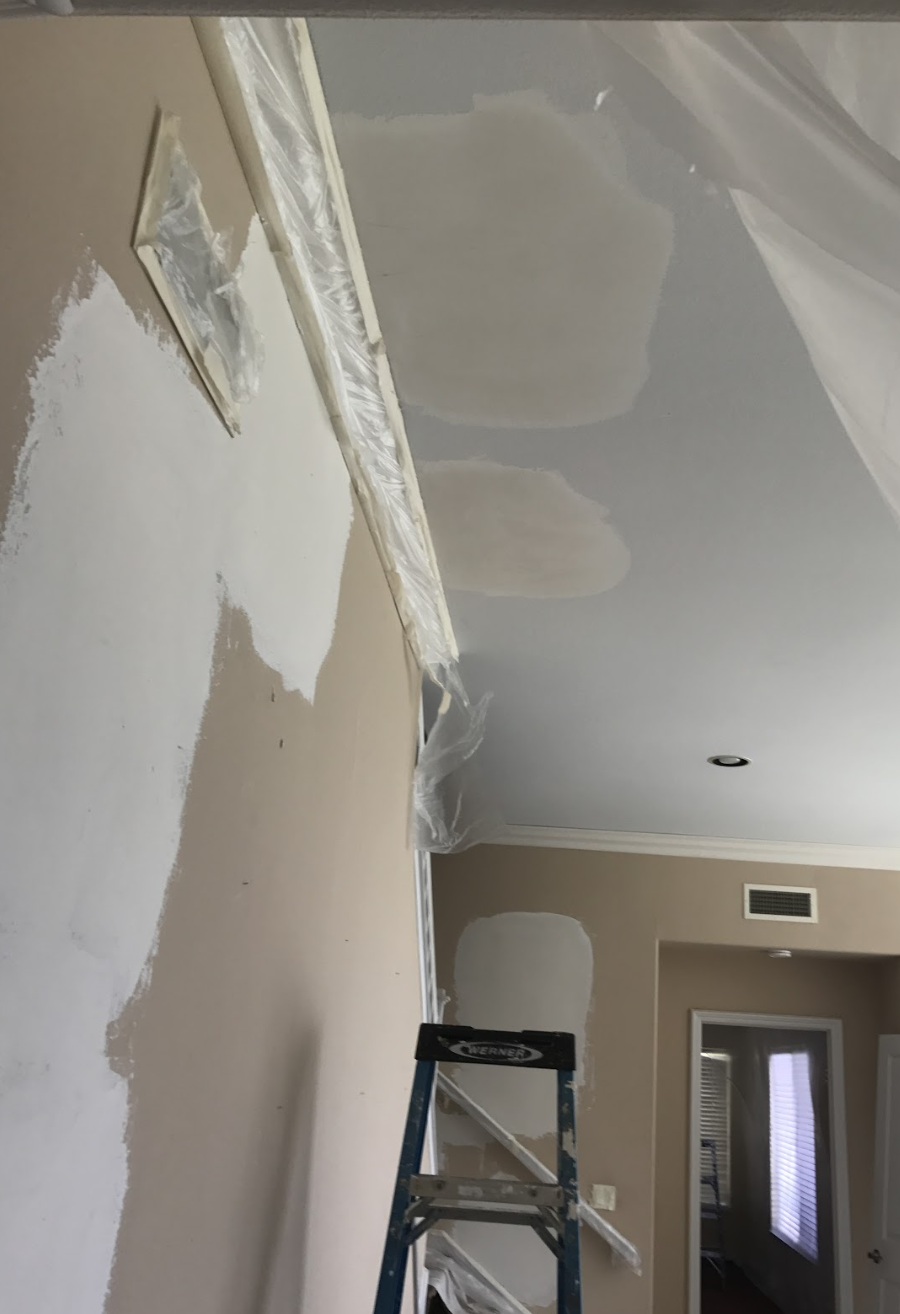Have you ever noticed a small hole or crack in your wall, ceiling, or floor and wondered how to fix it? That’s where patching comes in! Patching is a simple and effective technique for repairing minor damage to surfaces around your home. In this beginner-friendly blog post, we’ll explore what it is, how it works, and how you can use it to tackle common issues like holes, cracks, and dents.
What is Patching?:
Patching is the process of repairing minor damage to surfaces such as drywall, plaster, wood, or concrete. It involves filling in holes, cracks, or other imperfections with material, smoothing it out, and then sanding and painting over the repaired area to blend it seamlessly with the surrounding surface.
Types of Materials:
There are several types of patching materials available, each suited for different types of repairs:
- Spackling compound: Ideal for filling small holes and cracks in drywall or plaster.
- Joint compound: Used for larger repairs or for covering seams between drywall panels.
- Wood filler: Perfect for repairing small dents, gouges, or cracks in wood surfaces.
- Concrete patch: Designed for repairing chips, cracks, or holes in concrete surfaces.
Tools Needed:
Patching typically requires a few basic tools, including:
- Putty knife: For applying material to the damaged area.
- Sandpaper: For smoothing out the patched area and blending it with the surrounding surface.
- Paintbrush or roller: For applying paint to the repaired area once the material has dried.
- Utility knife: For cutting away any loose or damaged material before patching.
Steps for Patching:
The process generally involves the following steps:
- Prepare the damaged area by removing any loose or damaged material and cleaning the surface.
- Apply the material to the damaged area using a putty knife, filling in the hole, crack, or dent.
- Smooth out the patched area with the putty knife, ensuring it is level with the surrounding surface.
- Allow the material to dry completely, then sand it smooth to blend it with the surrounding surface.
- Apply primer and paint to the repaired area to match the surrounding surface.
Common Uses for Patching:
Patching can be used to repair a variety of common issues around the home, including:
- Nail holes or screw holes in walls or ceilings.
- Small cracks or dents in drywall or plaster.
- Gouges or scratches in wood surfaces.
- Chips, cracks, or holes in concrete floors or walls.
Patching is a simple and effective way to repair minor damage to surfaces around your home, from walls and ceilings to floors and woodwork. By understanding the basics of materials, tools, and techniques, you can tackle common repairs with confidence and keep your home looking its best. Whether you’re fixing a nail hole in the wall or repairing a scratch in your hardwood floor, patching is a handy skill to have in your DIY toolkit!


Add Comment